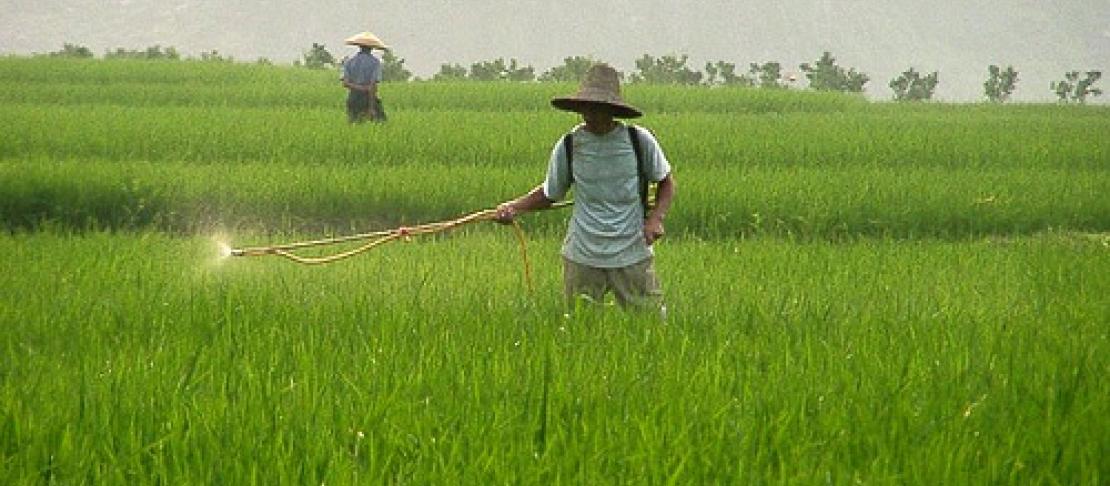Fertilizing grounds for change in Chinese agriculture

China launched the decade with its first nationwide pollution census – the result of three years of data collection involving half a million staff. Agriculture, included for the first time in official statistics, was revealed as a major polluter, sending over 13 million tonnes of effluent from fertilizers and pesticides into waterways each year.
China is the world’s largest producer and consumer of synthetic nitrogen and phosphorus fertilizers, accounting for about a third of global manufacture and use. High application of fertilizers has implications for greenhouse gas emissions as well as water pollution. China’s last GHG census was in 2000. Since then scientists have been actively trying to improve estimates and evidence to feed public debate and policy-making. A recent example is the journal paper Greenhouse gas emissions from nitrogen fertilizer use in China by Fredrich Kahrl, Yunju Li, Yufang Su, Timm Tennigkeit, Andreas Wilkes and Jianchu Xu.
Previous Chinese field studies have shown that farmers could reduce application of nitrogen fertilizers by 20-30% without loss of yield. If scaleable, Kahrl and colleagues estimate that farmers could save 7–10 MtN a year by 2020 by reducing fertilizer intensity, while maintaining harvests. The mitigation potential is impressive: GHG emission reductions of 100-310 MtCO2e yr-1, roughly equivalent to the mitigation potential of Indonesia’s entire power sector at the low end, or Africa’s at the high end.
Kahrl and colleague’s particular contribution is their newly calculated GHG emission factor for nitrogen fertilizers in China. More generally, their findings add to the growing consensus in China that reduced fertilizer use will benefit emissions, environment and farmers’ incomes. However, there is far less consensus on how to achieve these reductions.
The technical solution to increasing efficiency in nitrogen fertilizers is to apply precise amounts and combinations, at specific times linked to water regimes and life stages – a labour-intensive business. Fertilizers account for 40% of non-labor input costs, but Chinese farmers cannot make savings without more time and better irrigation technology. They also tend to err on the generous side when applying fertilizer, to avoid any risk of lost yields, which they simply cannot afford with landholdings of under a hectare.
Perhaps the trick for policy makers is not to dampen risk but rather to enable farmers to take on more risk safely. It looks like simple removal of subsidies may not work – and the ultimate impacts on domestic food prices are of concern. At the very least, price-based incentives may need to be underpinned by major investments in human capital (education and extension) and water infrastructure, to provide farmers the means to experiment with lessening their application of fertilizers.
This is an evolving debate without clear answers. Other countries that do not have the luxury of fertilizer over-abundance will want to watch closely. China will continue to provide nuanced lessons on the vexed subjects of fertilizer subsidies and elusive win-win-wins for mitigation, adaptation and food security.
This blog is part of the series AgClim Letters, a monthly newsletter on science policy written by Sonja Vermeulen, Head of Research for CCAFS. Sign up to receive this as an email bulletin.